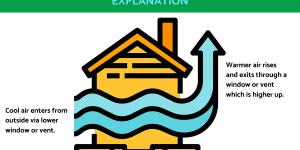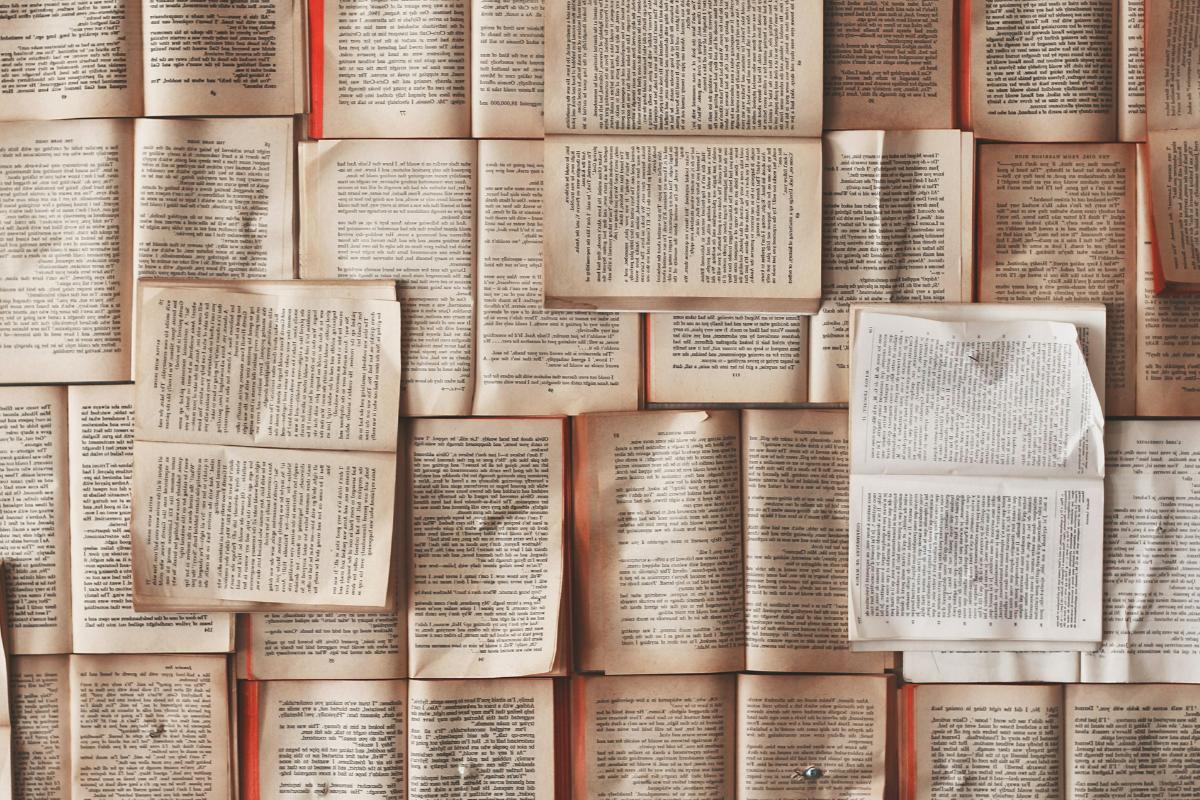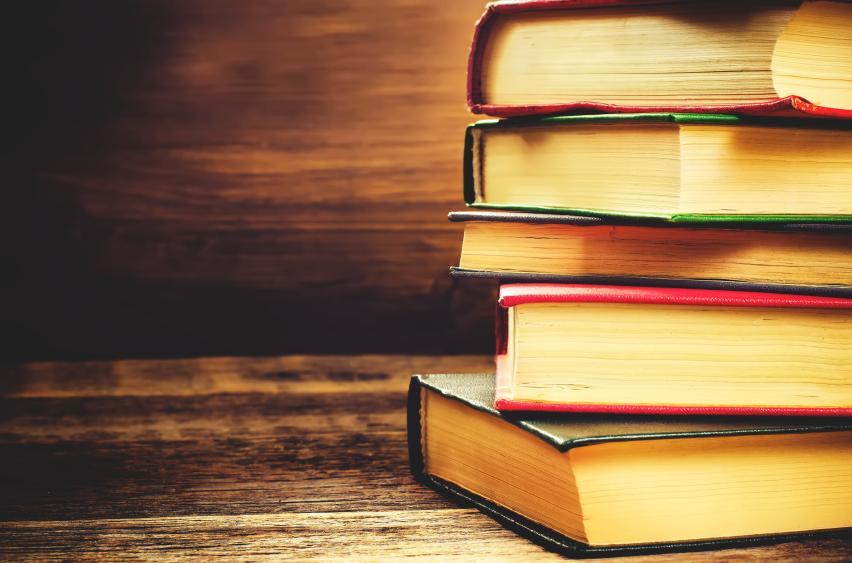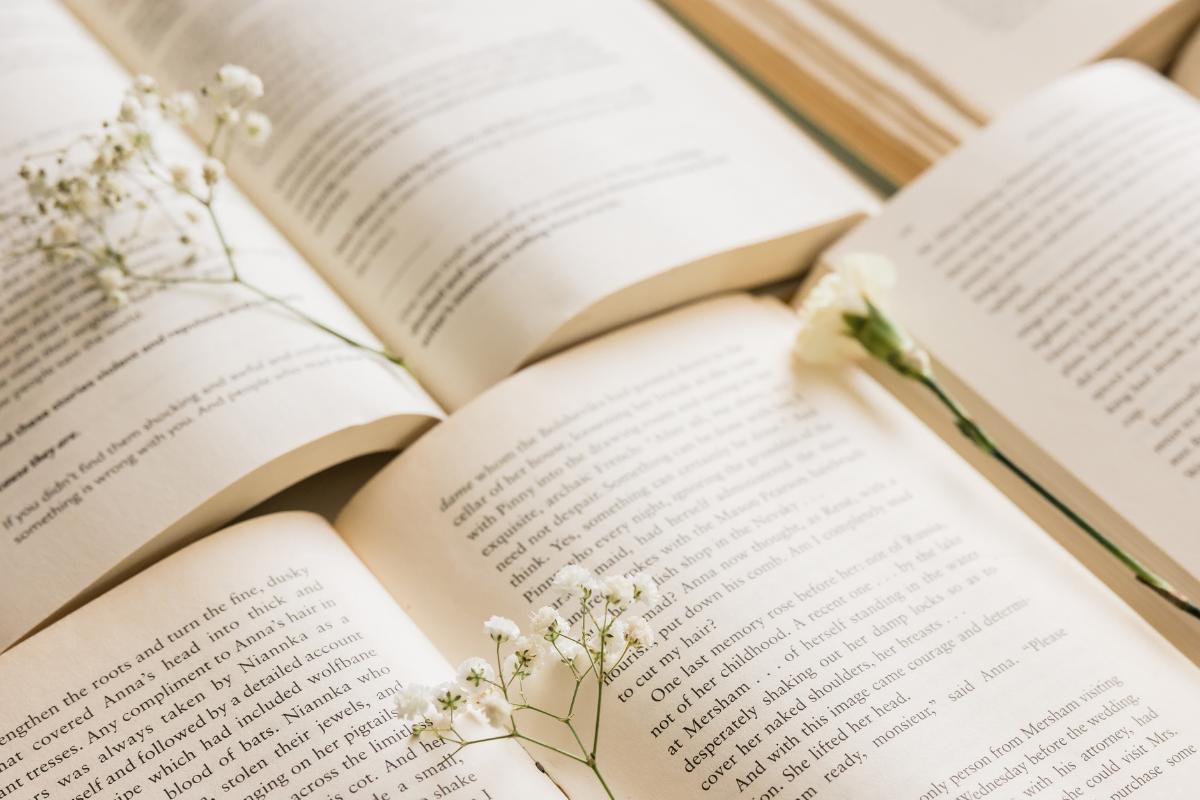What Paper Do Books Use?

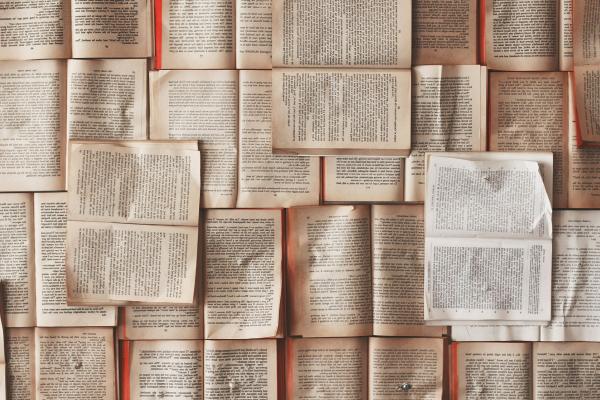
Think about the distinct way different books feel when you hold them. The paper used for a book has a big impact on how we read, from the crisp, clear pages of a brand-new hardcover to the soft give of a paperback. The story of paper in book production began in ancient China, where it started to take the place of materials like bamboo, silk, and parchment around the year 105 CE. Since then, paper has changed a great deal to suit various reading needs and the goals of publishers.
In this article by thedailyECO, we will look at the common types of paper used in books today. We will explore why different kinds of paper are selected for different books and help you understand what makes good quality book paper special.
Key paper qualities that affect book printing
Before diving in the most common types of paper, let us first establish some fundamental qualities of paper that are relevant for books:
Weight and thickness:
The weight of paper significantly influences a book's feel and functionality. Paper weight is typically measured in pounds (lb), based on the weight of 500 sheets of the standard size for that specific paper type. For books, paper generally ranges from 40 lb (thin, often found in Bibles) to 100 lb (thick, common in art books).
Heavier paper generally enhances a book's durability but also increases its weight and cost. A coffee table book might use 80-100 pound paper for a more upscale tactile experience, while a novel might use 50-60 lb paper to balance weight and quality.
Brightness, opacity and texture:
Brightness refers to the amount of light the paper reflects, measured on a scale from 1 to 100. Higher brightness levels (85+) can make text and images appear more vibrant but may contribute to eye strain during extended reading periods. Most novels utilize paper with brightness levels between 70 and 84 for comfortable reading.
Opacity measures the paper's resistance to show-through. This is a critical factor for preventing the text on one side of a page from being visible on the other. Good quality book paper requires high opacity, especially for double-sided printing. Books containing numerous images typically employ more opaque paper.
Texture affects both the tactile sensation of the paper and the appearance of ink upon it. Smooth papers enhance the rendering of fine details in images, while slightly textured papers can be easier on the eyes for books with substantial amounts of text.
Environmental considerations:
Contemporary readers and publishers are increasingly mindful of the environmental impact associated with book production. Paper can be categorized as:
- Virgin: manufactured from new wood pulp.
- Recycled: composed partly or entirely of used paper.
- Sustainable: produced from responsibly managed forests with certifications such as FSC or PEFC.
- Tree-free: made from alternative materials like cotton, hemp, or agricultural waste.
Many publishers now incorporate paper with at least some recycled content, and environmentally conscious publishers often include information about their paper sources on the copyright page.

Most common paper types used in books
Now that we have a basic understanding of paper properties, let's examine the primary types of paper commonly found in books:
Uncoated paper:
When you think about the traditional book pages, that is, the kind that accepts pencil markings and possesses a slightly tactile surface, you are likely thinking of uncoated paper. This paper type lacks any specialized surface treatment, resulting in a natural, matte appearance that tends to be comfortable for extended reading.
Uncoated book paper (sometimes referred to as "offset paper" or "text paper") is the prevalent choice for novels, textbooks, and most books without significant illustrations, for several key reasons:
- Its lower reflectivity compared to coated paper can reduce eye strain.
- Its absorbent nature allows ink to set well, producing sharp and readable text.
- It is generally more cost-effective than specialty papers.
The typical weight range for uncoated book paper is 50 lb to 70 lb, with trade paperbacks often utilizing 55-60 lb paper to achieve a good balance of opacity and weight.
Different book genres often use different uncoated papers. Literary fiction frequently features cream-colored paper, which is considered easier on the eyes, while textbooks typically use bright white paper to ensure diagrams and images stand out clearly. Mystery and thriller novels commonly employ bulkier, more opaque paper to prevent readers from seeing text on subsequent pages, thus avoiding spoilers.
Coated paper:
If you have ever appreciated the vibrant photographs in a cookbook or travel guide, you have likely encountered coated paper. Coated papers have a layer of clay or other minerals applied to their surface, resulting in a smoother finish that enhances the reproduction of images. This coating is available in two primary varieties:
- Glossy coated paper: has a shiny, reflective finish that makes colors appear vivid and images highly detailed. You will typically find glossy paper in travel books with numerous photographs, high-quality art books and exhibition catalogs and certain children's books.
- Matte coated paper: offers the image quality benefits of a coating without the high shine. It has a smooth, non-reflective finish that is well-suited for books that integrate both text and images. Matte coated paper is commonly used in cookbooks and craft guides, Coffee table books and educational books with detailed diagrams and photographs.
Publishers typically choose coated paper when visual content is integral to the book's purpose. A
Coated papers are almost invariably heavier than uncoated papers, generally ranging from 70 lb to 100 lb or more. This added weight provides the necessary opacity and durability for image-heavy books that readers may reference frequently or display prominently.
Did you know that some of the same acid-free papers used in books can also help preserve floral memories? Explore our complete guide to keeping botanical souvenirs vibrant for years.
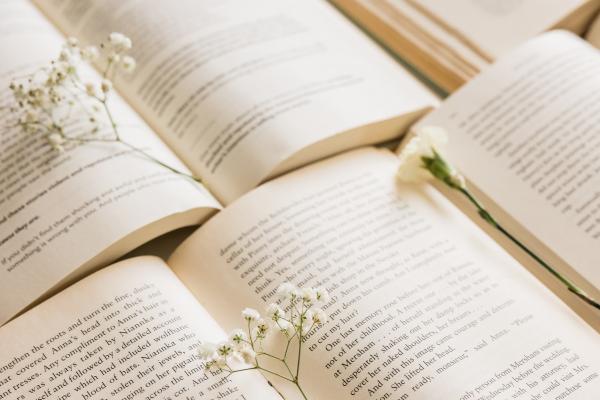
How to identify what paper your books use
The most immediate way to understand a book's paper involves both sight and touch.
- To begin, observe the paper in good lighting, noting whether it presents as a bright white or a softer cream hue. Cream tones are frequently chosen for fiction, while brighter whites are common in textbooks and technical publications.
- Next, hold a page up to the light to assess its opacity; if the text from the reverse side is easily visible, the paper has lower opacity.
- Then, tilt the page slightly to check for a noticeable sheen, which typically indicates a coated paper.
- Finally, run your fingers across the paper to gauge its texture. Coated papers tend to feel smooth, sometimes even slightly slick, whereas uncoated papers generally exhibit a subtle texture or roughness.
For a further distinction, you can gently run your fingernail across a blank area, a faint mark suggests uncoated paper, while a clean glide indicates it is likely coated.
Finally, consider the sharpness and vibrancy of any images. Keep in mind that well-defined, colorful images often indicate coated paper.
Publishers sometimes provide clues about the paper they've chosen. Look for the colophon, usually found at the very back of the book or on the copyright page. It might contain specific details about the paper.
You can also get a sense of the paper's quality with a few simple tests. Gently fold a corner of a page. Quality paper should resist creasing and mostly return to its original shape. Paper of lower quality will crease easily and stay folded.
Examine the edges of the pages compared to the paper inside the book. Significant yellowing on the edges can suggest acidic paper that may deteriorate over time. Finally, hold a page up to a light source. If the text from the other side is very visible, the paper has low opacity, which can sometimes make reading less comfortable.
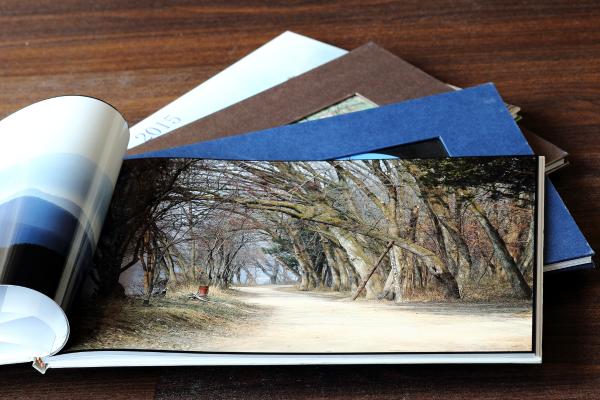
How does the choice of paper affect a book's success?
The paper you pick for your book can make or break its success. The right paper makes reading a pleasure. Good paper feels nice in your hands and makes readers want to keep turning pages.
Quality paper also sends a message about your book's value. When someone picks up a book with substantial, quality paper, they automatically assume the content inside is worth their time and money. Of course, better paper costs more, which affects your bottom line. The paper often eats up nearly half of a book's production budget, so finding that sweet spot between quality and affordability is crucial.
Paper choice affects how long your book will last, too. Books printed on acidic paper (like many mass-market paperbacks) start yellowing within years. If you're creating something meant to be passed down or referenced for years, investing in acid-free paper pays off.
For books with images, paper selection is even more critical. A cookbook with mouthwatering photos needs paper that makes those colors pop, while a poetry collection might benefit from subtle texture that enhances the reading experience.
The paper in your books is just the beginning of your eco-friendly journey. Explore how to extend sustainability principles to every corner of your home in our comprehensive guide to minimal-impact living.
If you want to read similar articles to What Paper Do Books Use?, we recommend you visit our Ecology (other) category.
- Bookcoverzone. (n.d.). Choosing the right paper: Why it matters in publishing. Retrieved May 5, 2025, from https://bookcoverzone.com/blog/choosing-the-right-paper-why-it-matters-in-publishing/
- Business Research Insights. (n.d.). Book publishing paper market size, share, growth | 2033. Retrieved May 5, 2025, from https://www.businessresearchinsights.com/market-reports/book-publishing-paper-market-107130
- DiggyPOD. (2019, June 17). Paper types used in book printing | What's best for your book? Retrieved May 5, 2025, from https://www.diggypod.com/book-printing/paper-types/
- Green Hill Publishing. (2024, March 12). The difference between book papers for printing. Retrieved May 5, 2025, from https://greenhillpublishing.com.au/the-difference-between-book-papers-for-printing/




